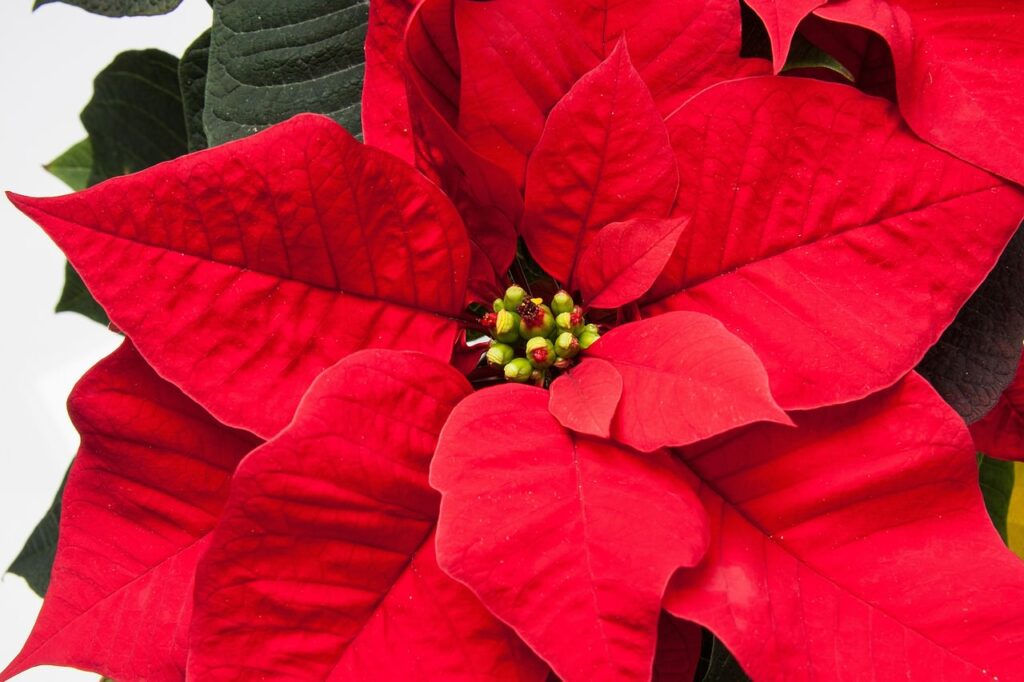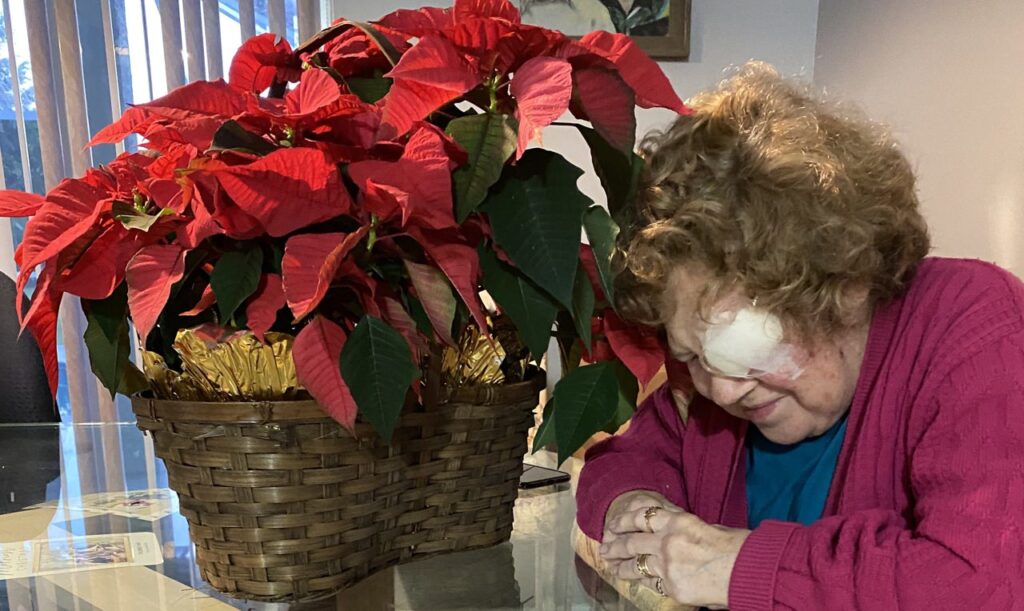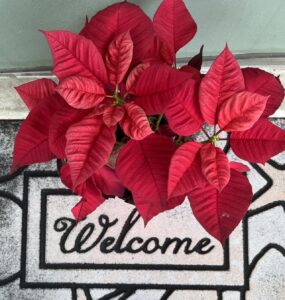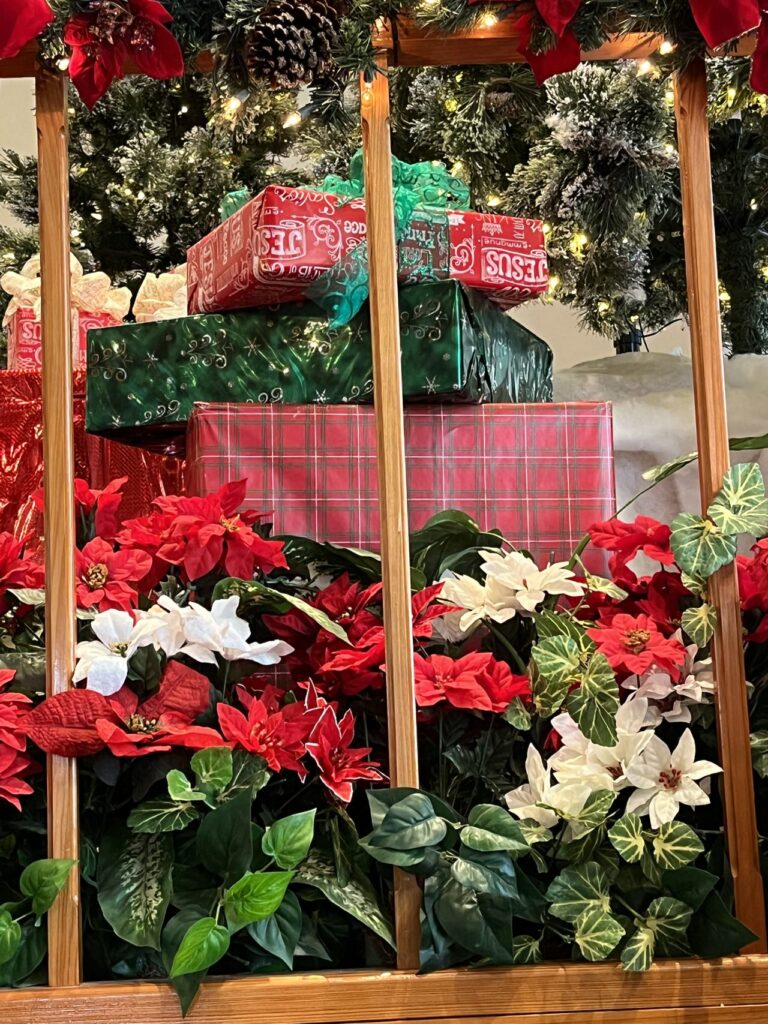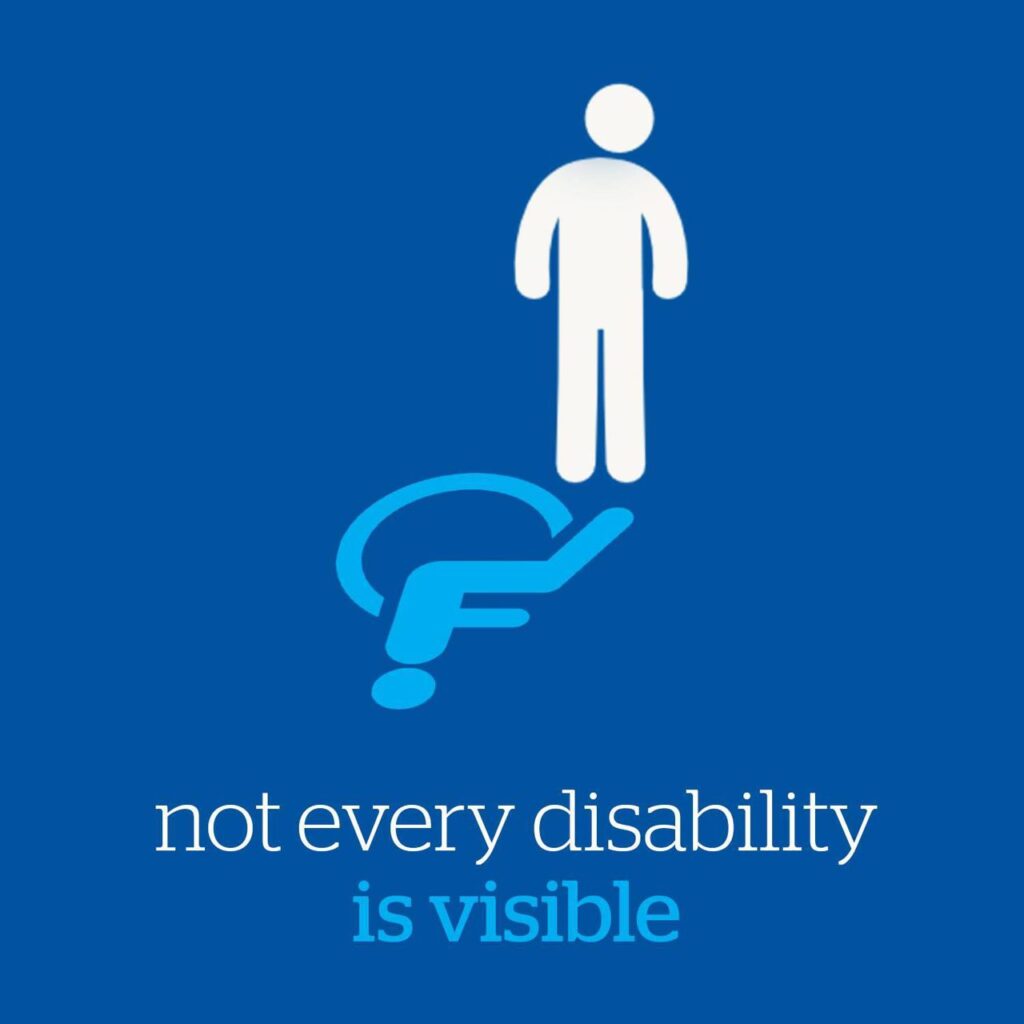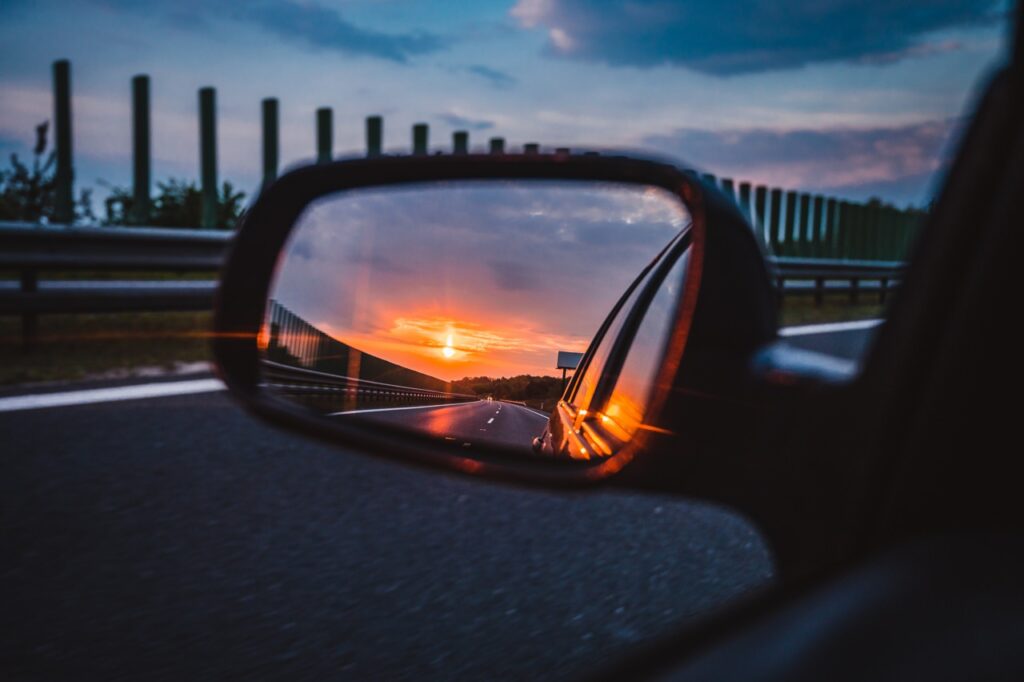
January. A positive interview on The Morning Glory Project podcast, helped market book three in my dwarfism trilogy, “Always an Advocate.” This was in stark contrast to a 1990 interview with a radio shock-jock who ridiculed little people.
February. The message in my 40th Valentine’s card from Robert—I’m a lucky husband and better man for having your love in my life—generated smiles instead of tears when he had no card to give his bride in 1982.
Want to subscribe to receive blog updates sign up today!
March. The release of “Always an Advocate” Audiobook generated favorable reviews by listeners with vision impairments. In contrast, John Stossel’s “Give Me a Break” ABC TV segment on dwarf tossing 20 years earlier earned my negative review.
April. Our LPA trip to Lion Country Safari in Palm Beach, Florida was reminiscent of our 1984 trip to an African Lion Safari in Canada minus the need for directions from a farmer who laughed at the idea of lions roaming the landscape.
May. A garage worker totaled my car when his foot got caught on the accelerator! Twenty-two years earlier, a truck driver totaled Robert’s van when the thin metal edge of the flatbed sliced open the passenger’s side like a can.
June. My blog post, “Give Blood, Give Life,” highlighted the difficult blood draw process for many little people and need for donated blood during elective surgeries. Many years earlier, Robert was disqualified from a Hepatitis C research study because staff were unable to draw his blood.
July. Although I chaffed at the $100 surcharge it cost to ride in an accessible taxi with my scooter from the Spokane, Washington airport to the LPA conference hotel, this was better than being denied taxi service at the Denver LPA conference five years earlier.
August. An involved debridement appointment with my dental hygienist was a solemn reminder of the day nine years earlier when I needed a thorough debridement and teeth cleaning before the periodontist would write a letter clearing me for aortic valve replacement surgery.
September. After 18 weeks without wheels, we bought a 2020 Toyota Sienna Wheelchair Accessible Van equipped with pedal extensions, a power adjustable height driver seat, and steering wheel extension. It was a far cry from the Austin Mini car my parents gave me on my 18th birthday.
October. The “Ten Steps to Effective Advocacy” workshop I presented at the Florida LPA regional in Gainesville, Florida reminded me of the many advocacy workshops I presented as far back as 1986 to people with dwarfism and disabilities, parents of special education students, and disability professionals.
November. My interview on the Joni and Friends Ministry Podcast to discuss advocacy to change discrimination against people with dwarfism and other disabilities was a perfect follow-up to the two 2020 podcasts the ministry recorded after publication of “Pass Me Your Shoes.”
December. On December 29, 1999 a newspaper called the dwarf tossing atrocity one of the ten worst inventions of the millennium. My June 27th blog post, “Florida Bans Dwarf Tossing in Bars,” explains why the June 28, 1989 law was needed. For more book, blog, and media information, go to my website at https://angelamuirvanetten.com


